
How to Effectively Manage Cables ---- A Comprehensive Guide
2024-07-15 17:13Effective cable management is crucial for maintaining organization and efficiency in homes, offices, or industrial environments. Proper cable management not only enhances safety but also improves the aesthetic appeal of the environment.
Here is a comprehensive guide on how to manage cables effectively:
1.Importance of Cable Management
Effective cable management brings multiple benefits:
Safety: Properly managed cables reduce the risk of tripping, falling, and electrical hazards.
Organization: Neatly organized cables make it easier to identify and access specific connections.
Maintenance: Well-managed cables are easier to maintain and troubleshoot.
Aesthetics: A clutter-free environment looks more professional and can help boost productivity.
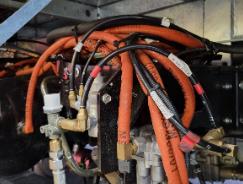
2.Steps to Achieve Effective Cable Management
1.Assessment and Planning
Survey Your Setup: Inspect all devices and facilities that require cable connections.
Plan Layout: Designate areas for different types of cables (power, data, audio/video) based on usage and accessibility needs.
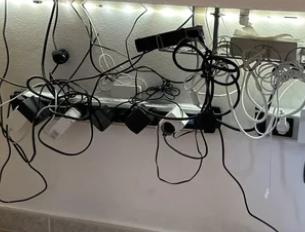
2.Prepare Necessary Tools and Supplies
Cable Ties: Use reusable or adjustable cable ties to bundle cables together.
Cable Sleeves or Conduits: Choose sleeves or conduits to hide and protect cables.
Labels: Invest in cable labels or markers for easy identification.
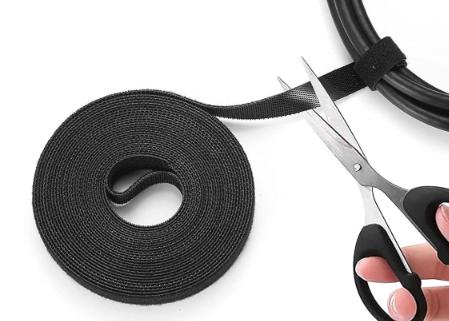
3.Organize and Route Cables
Separate Cables: Keep power cables separate from data cables to reduce interference.
Strategic Routing: Route cables along walls, under desks, or through cable management trays to keep them tidy and out of sight.
4.Use Cable Management Accessories
Cable Clips and Anchors: Secure cables with clips or anchors to desks or walls to hold them in place.
Hook and loop cable ties: Use hook and loop cable ties to manage longer cables or bundle multiple cables together.
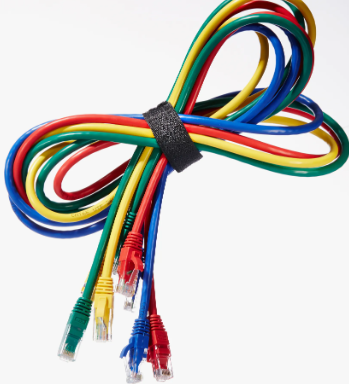
5.Implement Best Practices
Avoid Overcrowding: Do not overcrowd cable channels or trays; leave space for future additions or adjustments.
Secure Connections: Ensure all connections are secure to prevent accidental disconnections.
6.Regular Maintenance
Inspect and Adjust: Regularly check for wear and damage, and reorganize cables as needed.
Update Labels: Keep labels up to date with changes in configuration to maintain clarity.
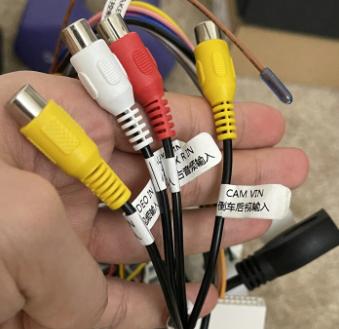
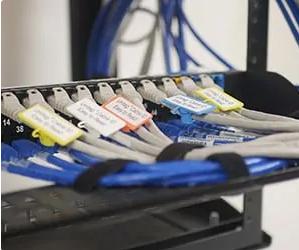
Practical Tips for Cable Management
· Color Coding: Use colored cable ties or labels to differentiate between different types of cables.
· Maintain Cable Accessibility: Use longer cables or extension cords when needed to avoid stretching cables.
· Educate Users: Ensure all users understand the importance of cable management and how to maintain it properly.

Conclusion
Effective cable management is essential for creating a safe, organized, and efficient working environment.
By following these steps and tips, you can significantly reduce clutter, enhance safety, and improve the overall aesthetic of the environment.
Invest in high-quality cable management solutions and perform regular maintenance to enjoy the many benefits of good cable management.

